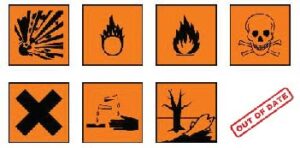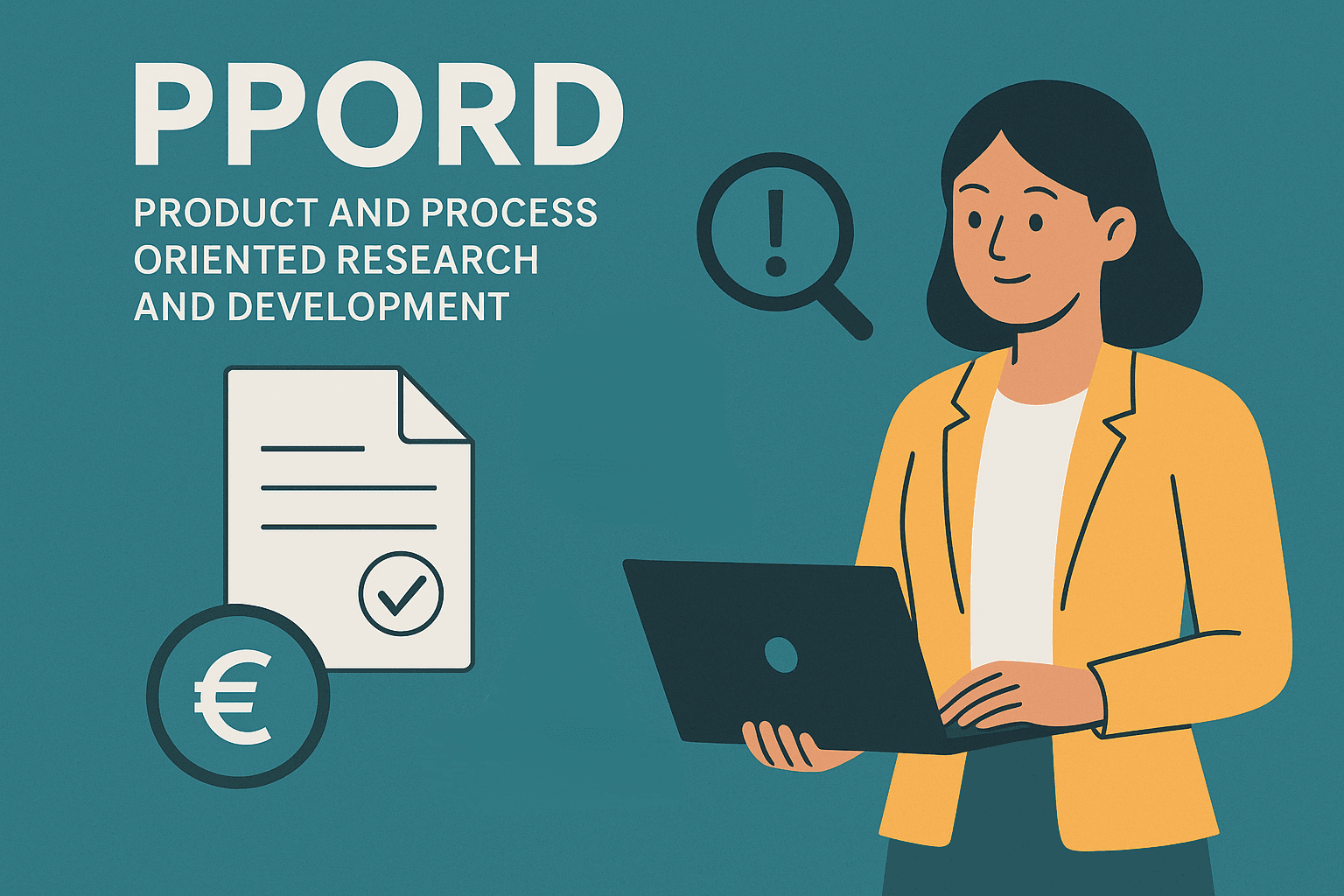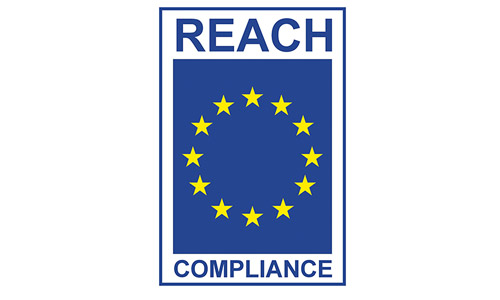How to evaluate if the current SDS, either created by your company or provided by your suppliers, fully follows the corresponding regulations of targeted countries?
In this blog, we will list key indicators for a quick assessment of the compliance status of an SDS. When you need to be sure, please contact our experts for further consultancy or for ordering SDS services.
Date
There is no term or condition in most national regulations regarding a fixed validity time of an SDS. However, it is an obligation to keep the SDS up to date with the current version of the regulation. Generally, revisions in regulations are made each year or every two years. In the EU, for example, the list of harmonized classification and labelling of hazardous substances is normally updated every year while the candidate list of substances of very high concern (SVHC) for authorization is also regularly revised.
Therefore, it is good practice to check the issuing date of the SDS. In case the SDS was generated, for example, two years ago, it is highly recommended to have it updated.
Language
As set in most regulations, the Safety Data Sheet shall be provided in the official language of the country where the substance or mixture is manufactured and/or placed on the market. This is mainly because the target audiences of the SDS are workers and users who handle and use the chemicals.
Do check the language of the SDS. It is not legal if the current SDS is presented in a non-official language. SDS provided with secondary language can be used as a reference but not as an official safety document. Therefore, to ensure compliance, enterprises should have the SDS compiled in the official language.

Regulatory information
It is a legal requirement that an SDS must be created following the national regulation of the country where the substance is manufactured and/or placed on the market. For the same substance, each country could have different or specific terms and conditions regarding the classification, hazard statement precaution statement, occupational exposure limit values, protection methods, waste treatment methods, etc. For example, a country can apply different classifications depending on how it evaluates the hazard of that substance. Therefore, a Finland-based SDS is not legally applicable to the US market.
How to know which regulation the current SDS was made based on? Generally, this can be checked in Section 2 and Section 15. Details of applied regulations should be shown in these sections.
If the SDS does not comply with local legislation, even if it is prepared according to EU-CLP or GHS, the matter should be corrected immediately.
Format and content
Format and content are well-defined criteria that a compliant SDS must follow. For instance, according to the CLP regulations of the EU, the SDS is required to cover 16 predefined sections with specific subsections in a fixed sequence. Likewise, other countries may set out slightly different terms and conditions regarding the format of the document and the list of content.
Therefore, this should be included in the checklist. If you are not sure how this condition is regulated in a specific country, our team can assist with that.
Hazard Pictogram
Pictogram is a known tool to communicate the hazard of a substance to its users. Therefore, it is critical to ensure that the correct set of pictograms is used. For example, in the EU, the below orange and black hazard symbols were obsoleted and replaced by a set of symbols on a white background framed within a red border.

If your current SDS is still using these symbols, it should be updated immediately.

These pictograms should be found in your SDS.
Hazard Phrases
In the EU, the CLP Regulation (EC) No. 1272/2008 amended the Dangerous Substances Directive (67/548/EEC (DSD)), the Dangerous Preparations Directive (1999/45/EC (DPD)), and Regulation (EC) No 1907/2006 (REACH), and since 1 June 2015, is the only legislation in force in the EU for classification and labelling of substances and mixtures.
Therefore, the hazard categories and phrases according to the DSD/DPD regulations have no longer been used in SDS documents since 2017. The hazard categories according to the CLP regulation are identified by the letter H, while the outdated categories contain several different letters or combinations of letters (F+, Xn, Xi, R, etc.).
If you notice outdated identifiers in an SDS, that document must be updated right away. It should be noted that outdated identifiers are not allowed in SDSs, even in parallel with identifiers according to the CLP regulation.
New hazard classes in the EU in 2023

There is an important change in the EU market: new hazard classes and criteria for the classification, labelling, and packaging of substances and mixtures have been approved and published by the European Commission. The new rules came into force on 20 April 2023. There are separate transitional periods for substances/mixtures and new substances/new mixtures.
This covers all substances as such and mixtures placed on the EU market under REACH as well as active substances in biocidal products and plant protection products. Manufacturers, importers, downstream users, and distributors placing substances on the EU market are bound to this amendment and required to classify their substances or mixtures according to the new hazard classes without undue delay.
EU new hazard classes are:
ED HH in Category 1 and Category 2 (Endocrine disruption for human health)
ED ENV in Category 1 and Category 2 (Endocrine disruption for the environment)
PBT (persistent, bioaccumulative, toxic), vPvB (very persistent, very bioaccumulative)
PMT (persistent, mobile, toxic), vPvM (very persistent, very mobile)
At Chementors, we compile, translate, and update SDSs following the latest versions of the local regulations. Format and contents, standardized legal and scientific terms, pictograms, linguistic issues, etc., are checked and ensured.
Chementors offers a complete package of SDS services which includes:
- Safety Data Sheet Authoring Services
- Safety Data Sheet Translation Services
- SDS Update And Revision Services
By generating compliant SDSs, we hope to contribute to circulating useful documents on the market for enhancing the safety of the community and the environment.




